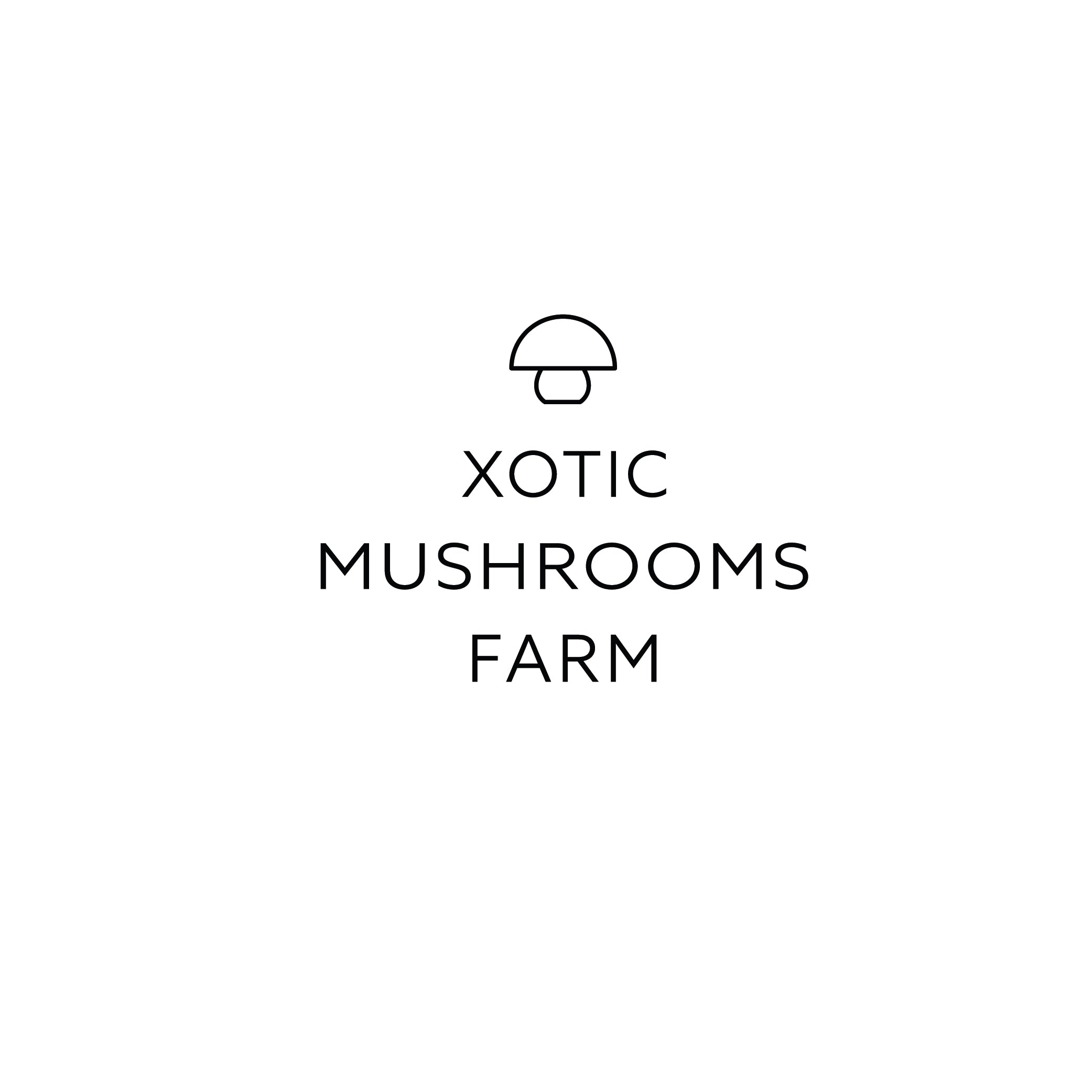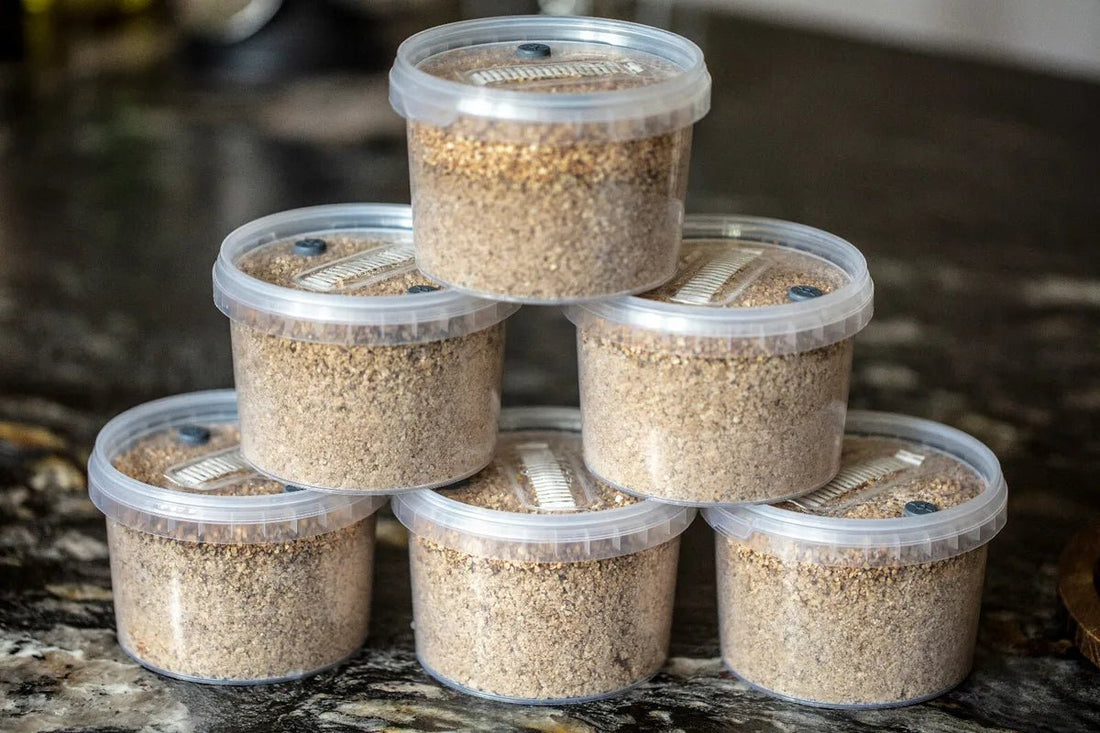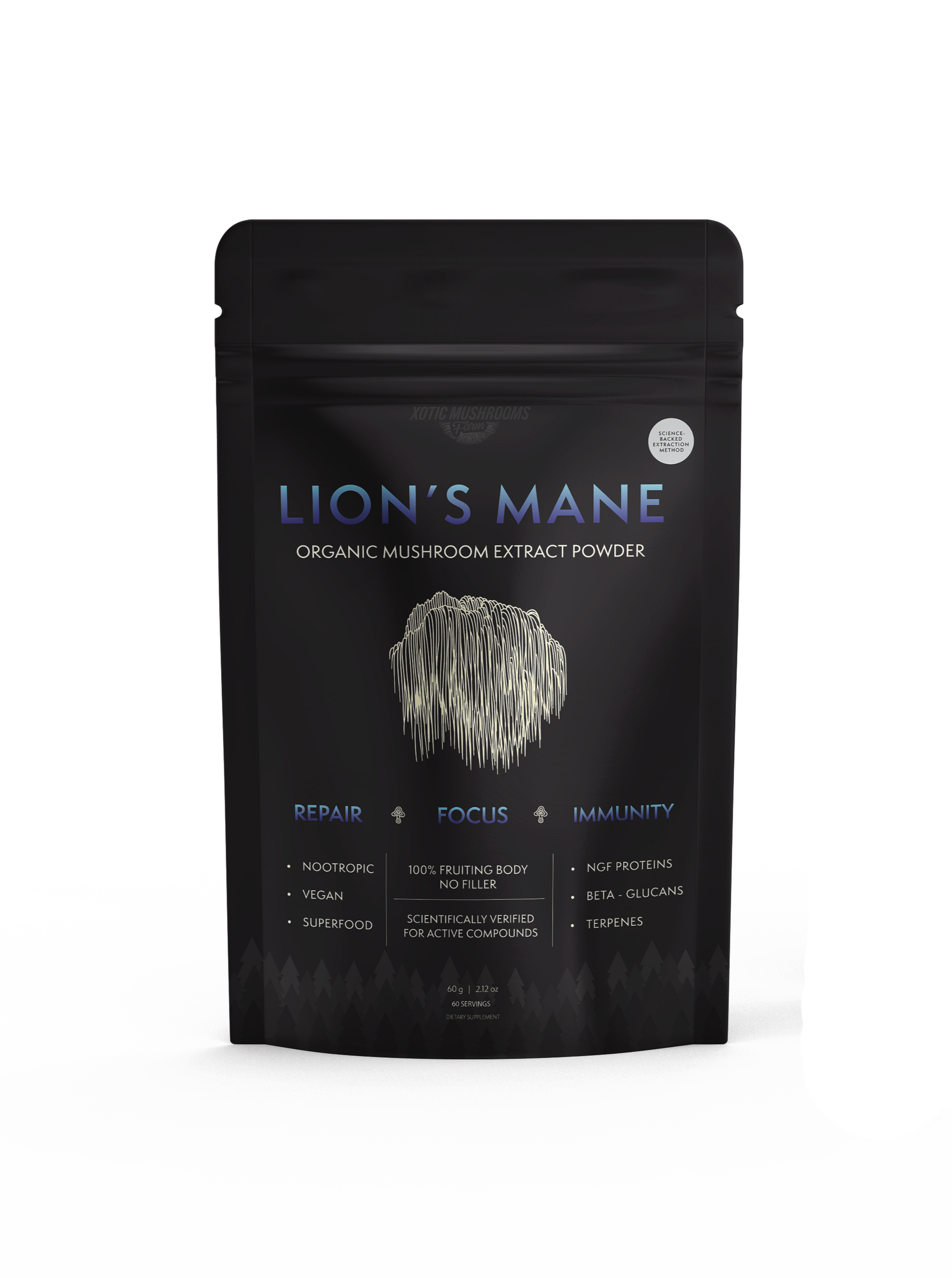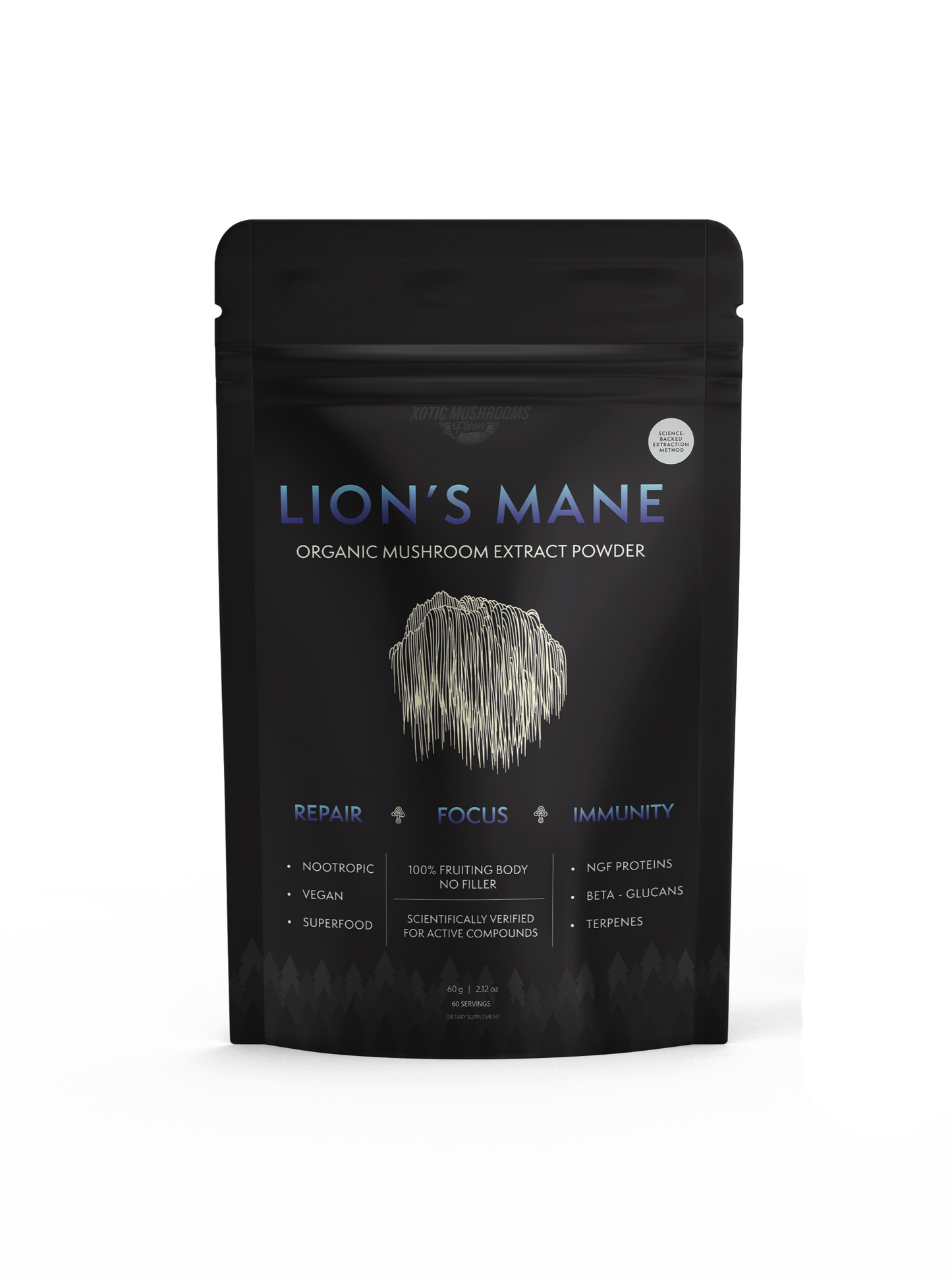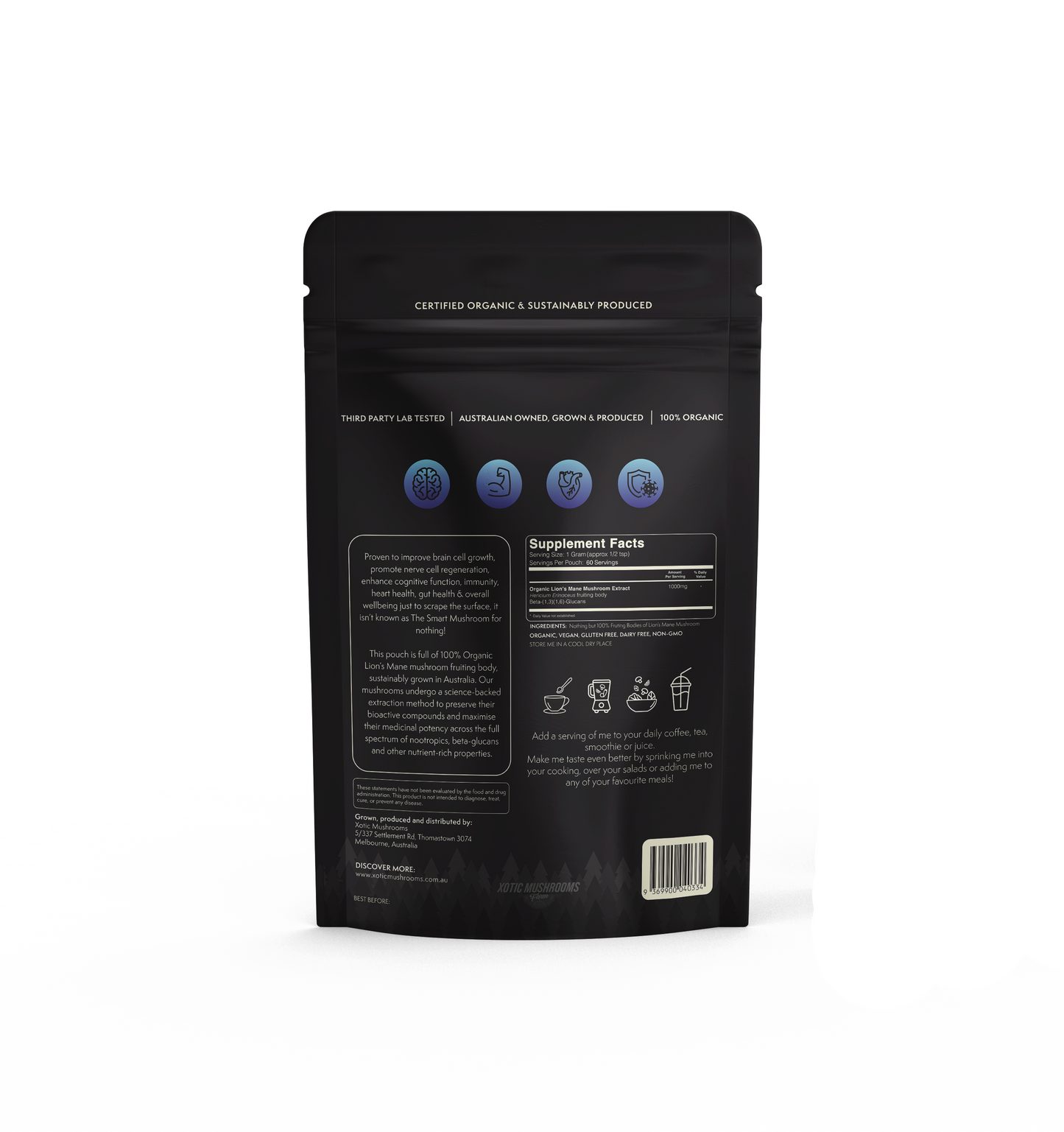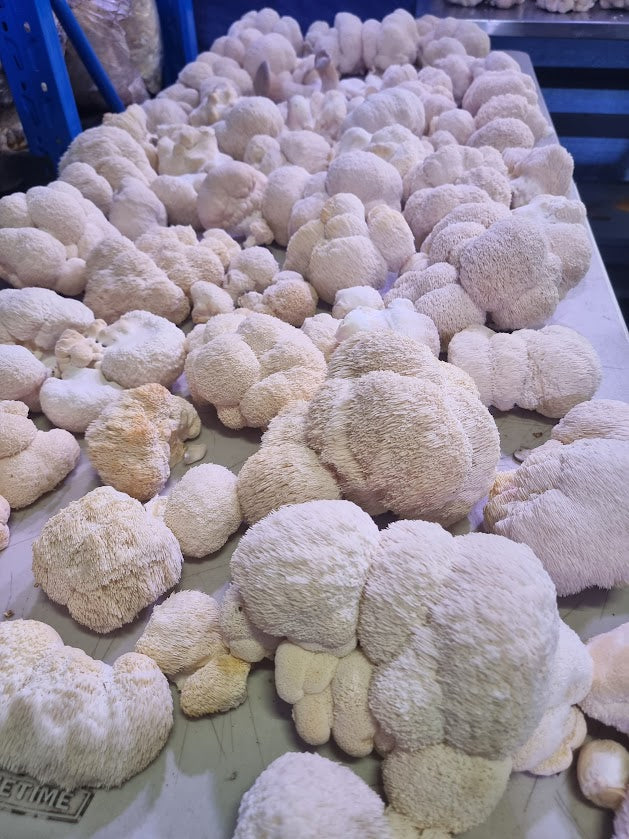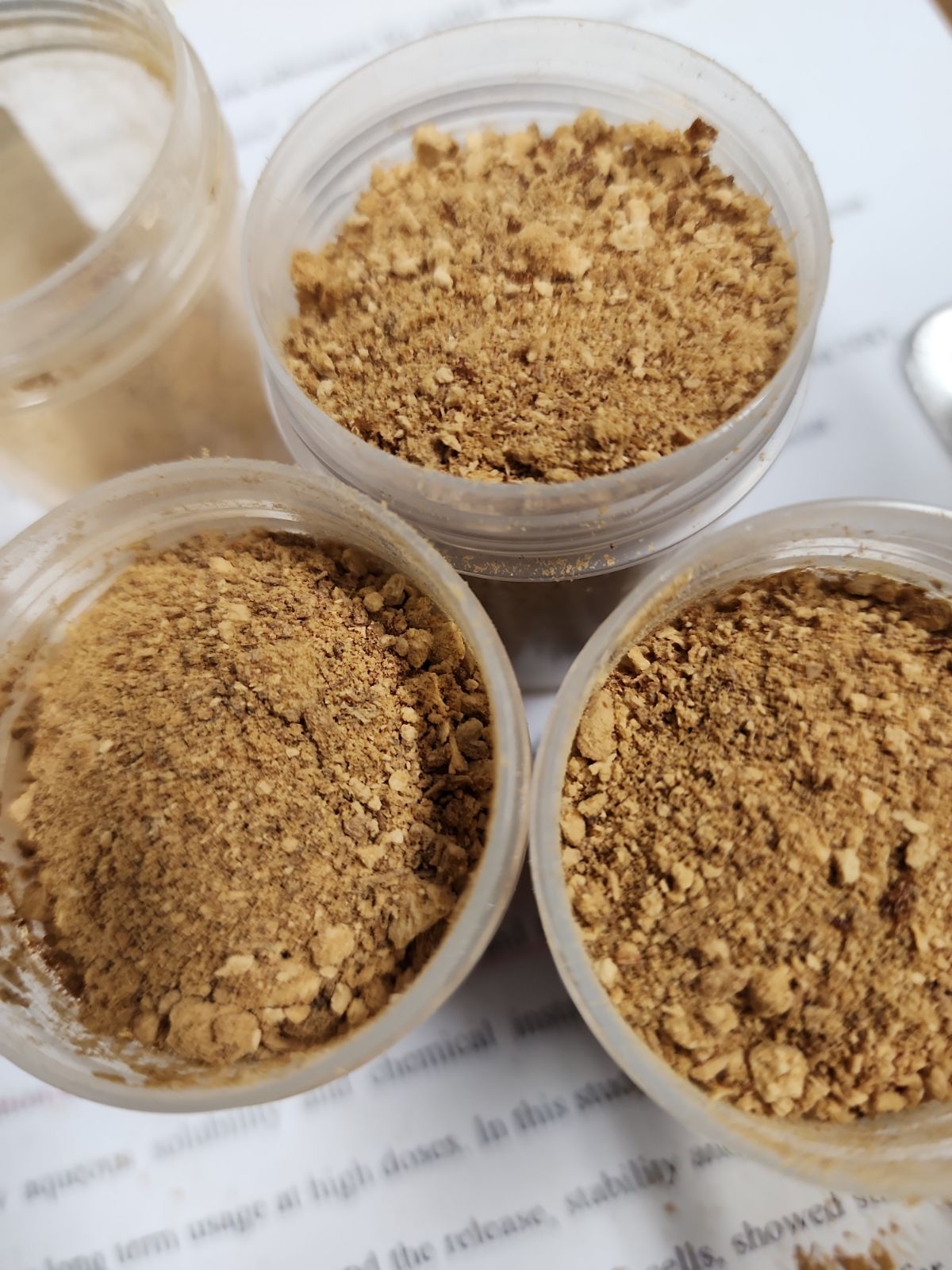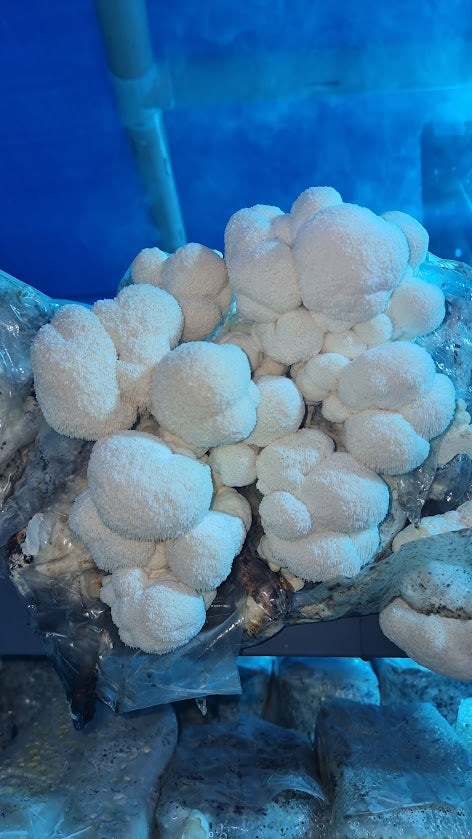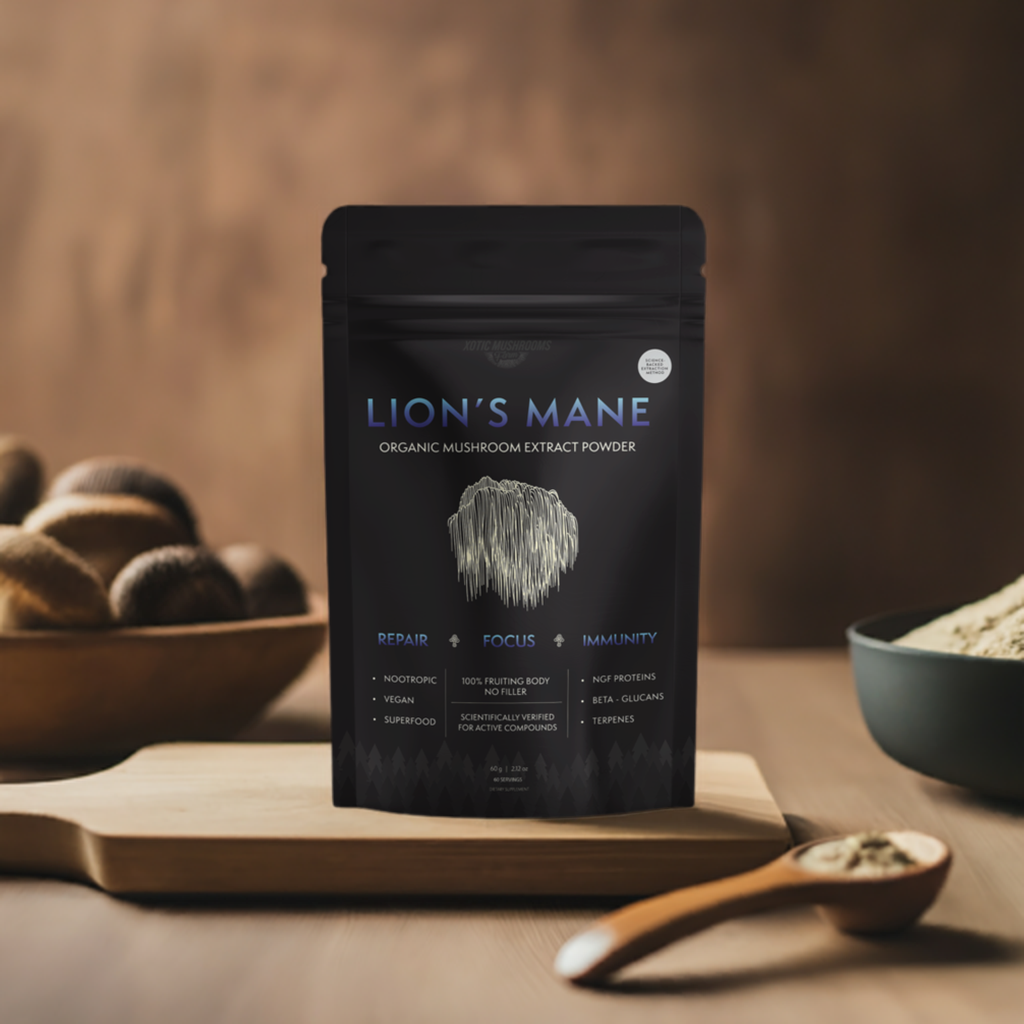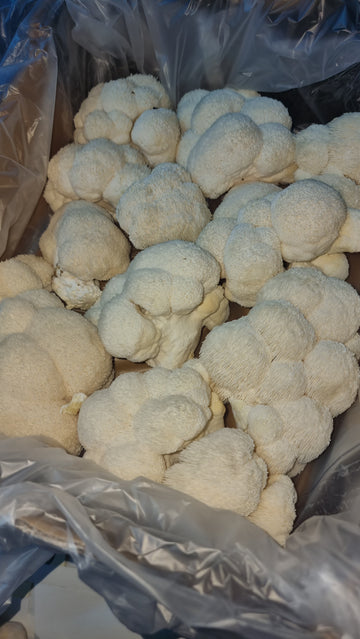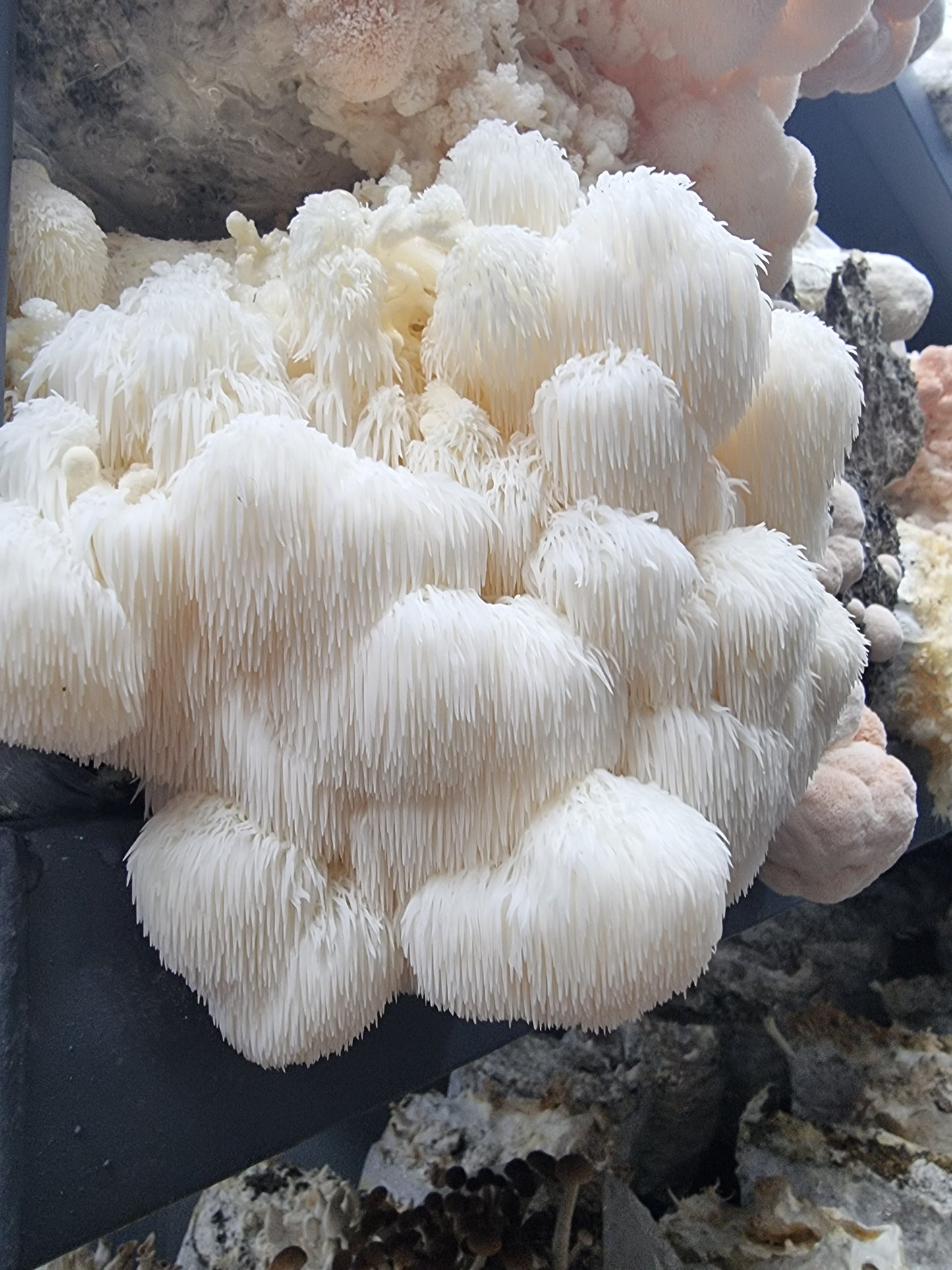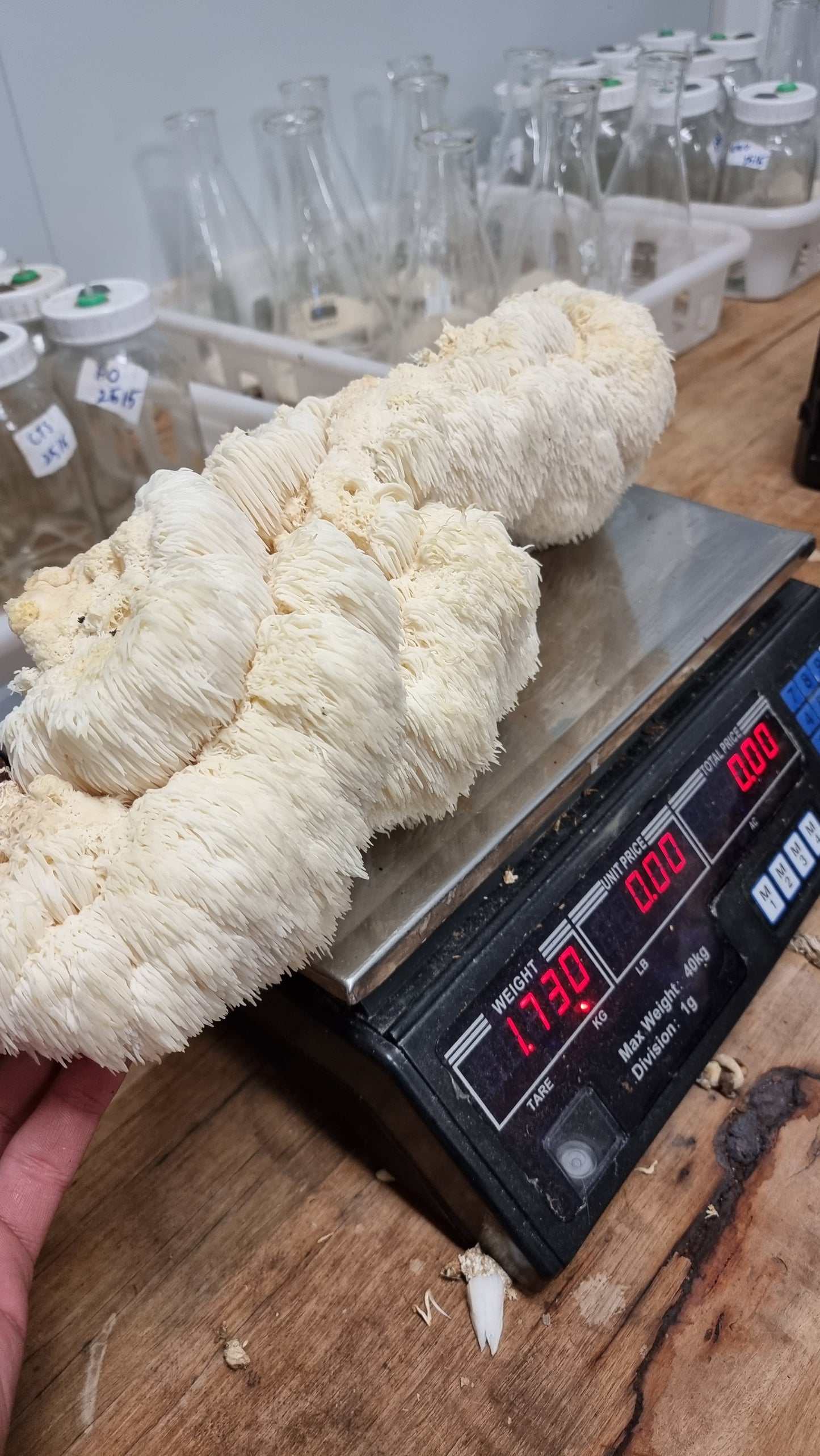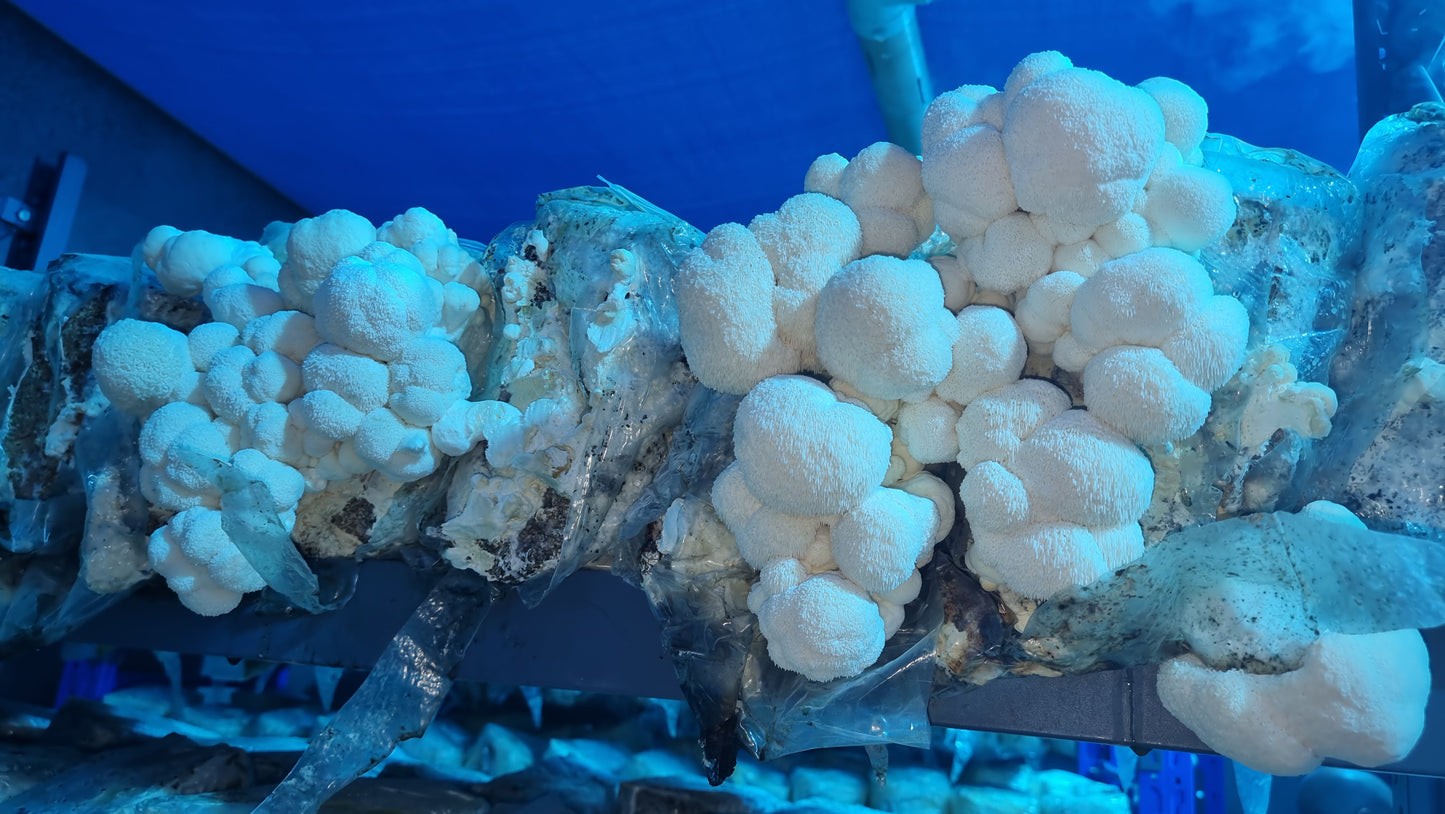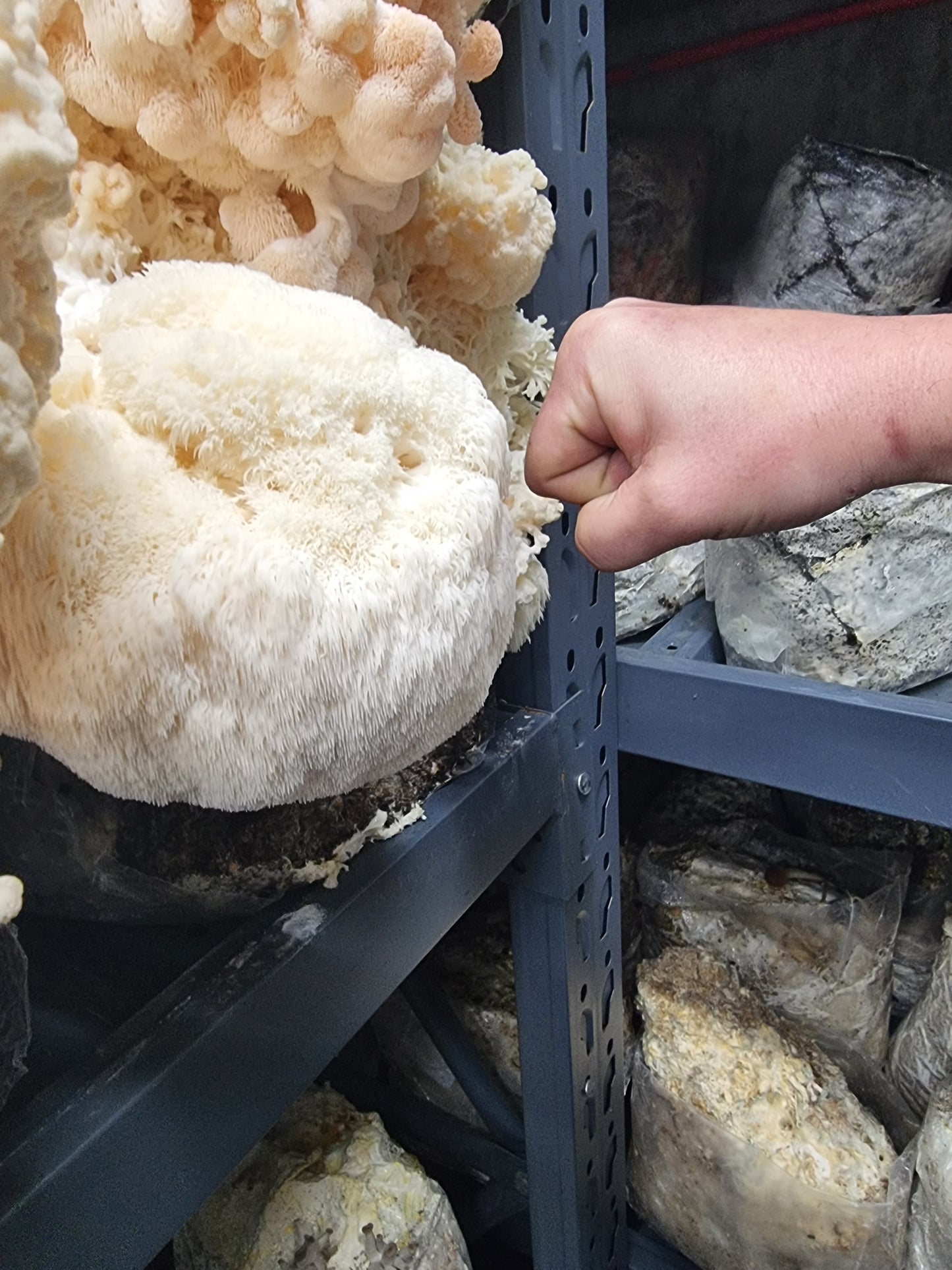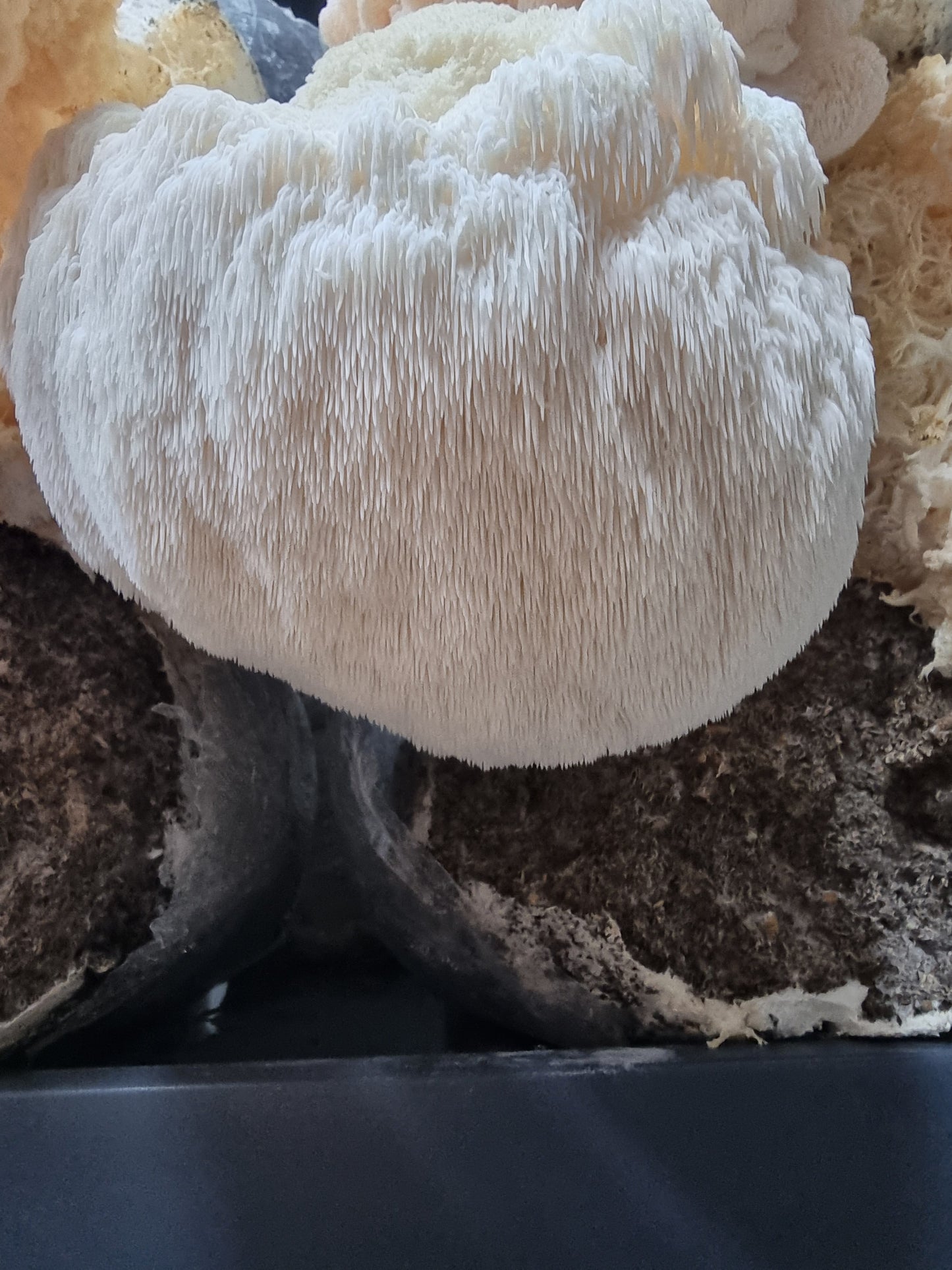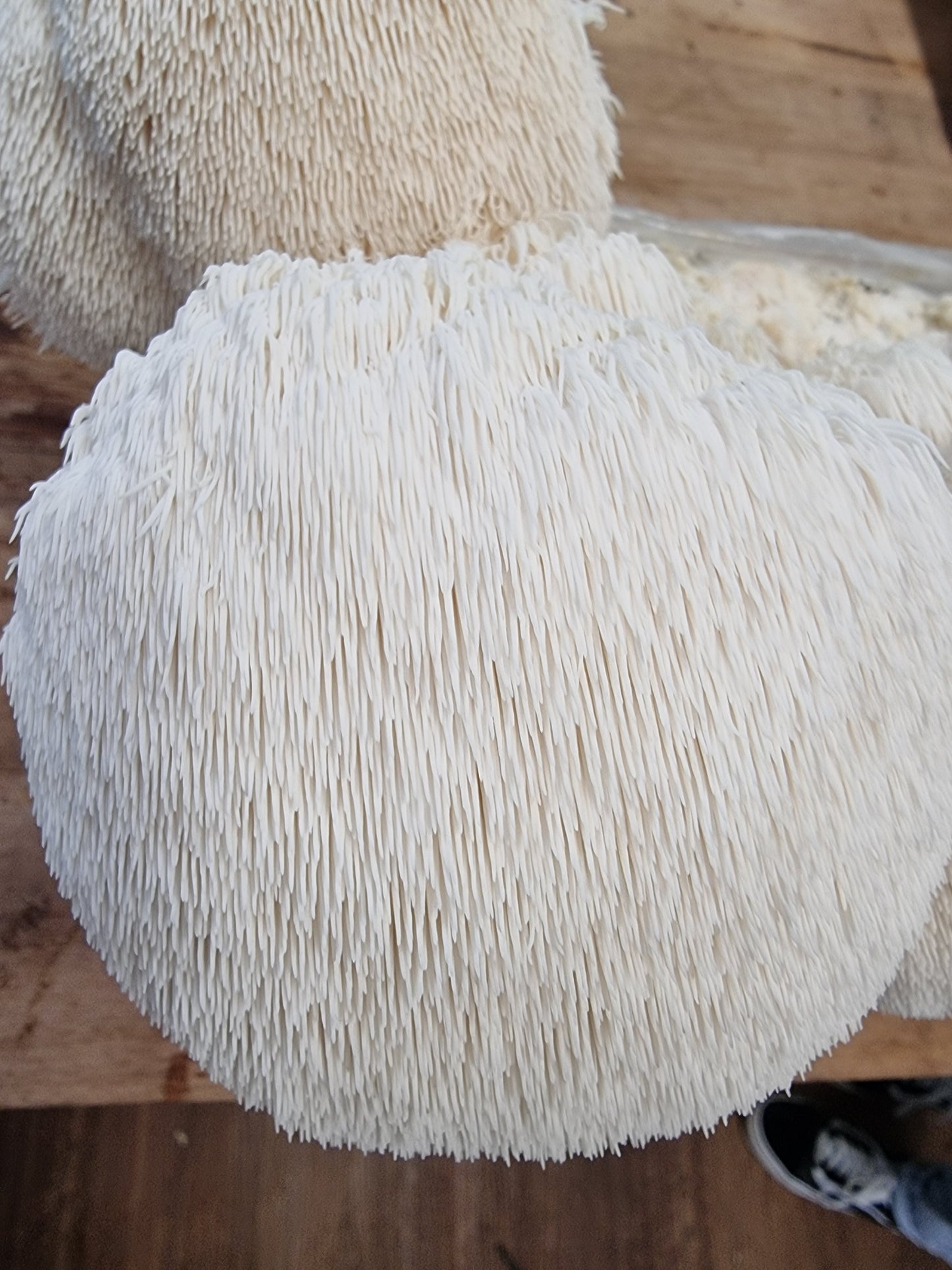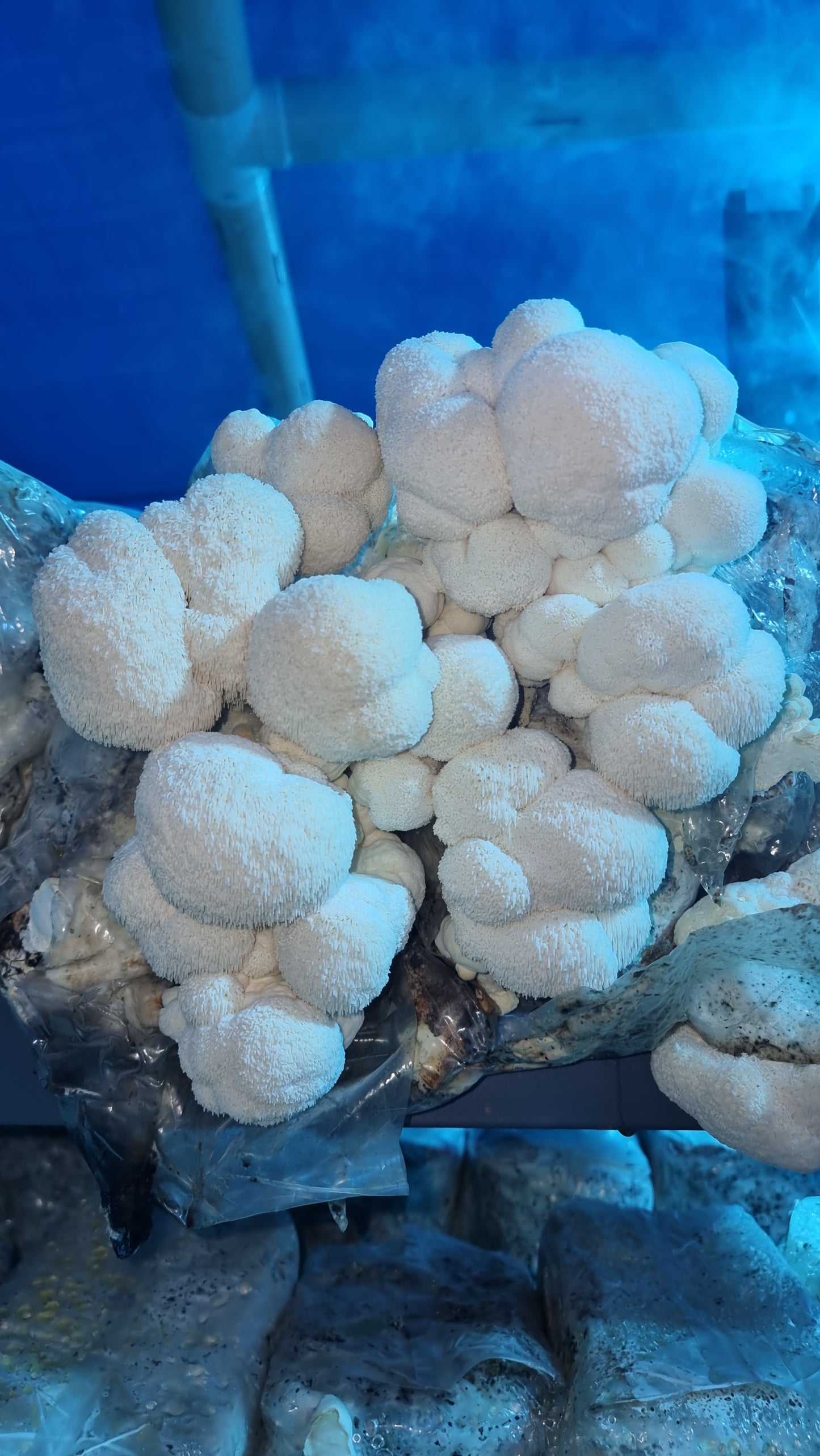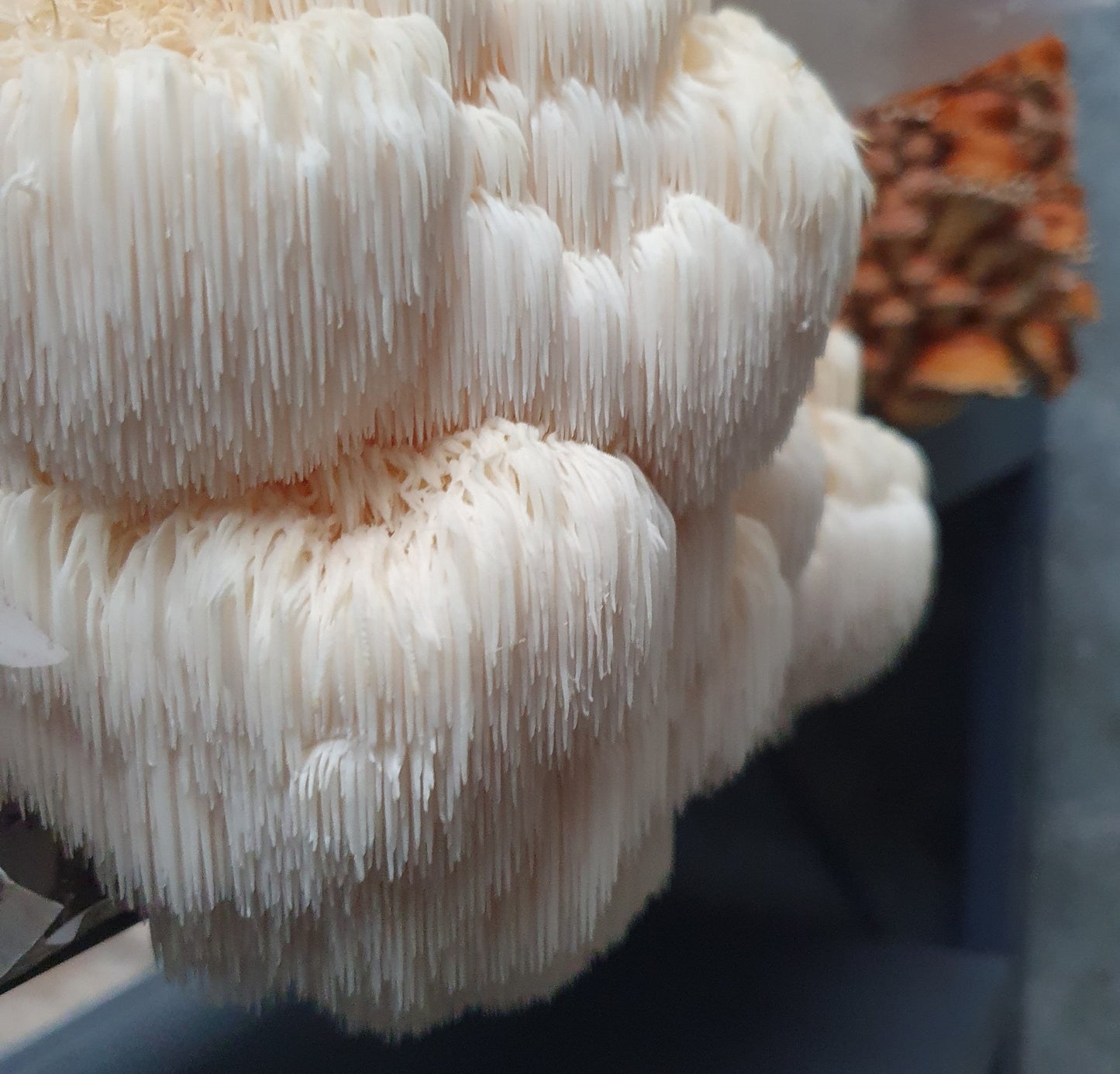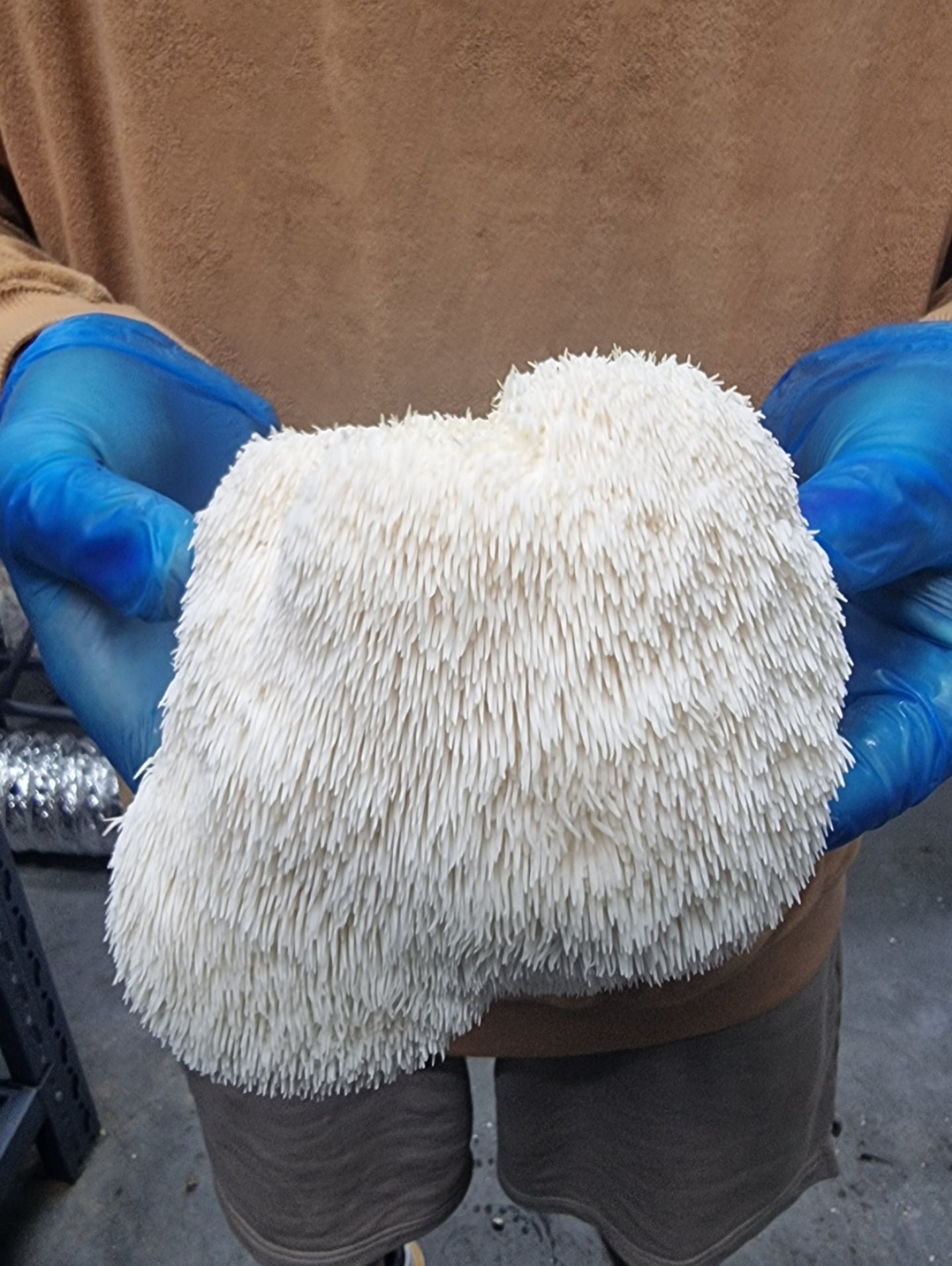Growing your own mushrooms at home has become an increasingly popular hobby, offering the opportunity to cultivate exotic and medicinal varieties right from the comfort of your own space.
Among the various techniques available, one method stands out as a simple, cost-effective, and high-yielding approach: the Psylocybe Fanaticus Technique, or PF Tek.
Invented by the pioneering mycologist Professor Robert McPherson, PF Tek has become the go-to choice for many beginner mushroom growers due to its efficiency and success rates.
What is PF Tek and Why is it Magical?
The PF Tek method involves creating a substrate mixture using brown rice flour (BRF), vermiculite, and perlite.
This mixture is sterilized before being inoculated with mushroom spores or liquid culture. The resulting mycelium growth gives rise to fruiting bodies, which can be utilized for culinary, medicinal, or research purposes.
This comprehensive guide aims to provide step-by-step instructions on how to harness the power of PF Tek to grow your own organic mushrooms at home.
Components and Materials for PF Tek
Pre-Made PF Tek (Brown Rice Flour, BRF) Substrate Jars
For those eager to embark on a mushroom-growing journey without the hassle of preparing their own sterilized substrate, pre-made PF-Tek cakes are readily available. These cakes come equipped with injection ports and filter patches, allowing for convenient and contamination-resistant inoculation using syringes.
PF-Tek Components & Shopping List
Here's a breakdown of the materials you'll need to get started with PF Tek:
- Wide Mouth Mason Jars (6 x 250ml): These jars serve as the containers for cultivating your mushrooms.
- Mushroom Growing Lids: These specialized lids feature injection ports and filter patches for proper air exchange and contamination prevention.
- Vermiculite (1000 ml): Vermiculite helps retain moisture and provide aeration in the substrate.
- Brown Rice Flour (500 ml): Brown rice flour acts as a nutrient source for mycelium growth.
- Clean Water (500 ml): Un-chlorinated water is used to hydrate the substrate mixture.
- Perlite (1000 ml): Perlite ensures proper air exchange and moisture regulation.
- Aluminum Foil: Used to cover the jars during sterilization.
- Autoclave or Pressure Cooker: Essential for sterilizing the substrate.
- Spores or Liquid Culture Syringe: The inoculation source for mycelium growth.
What Is Vermiculite?
Vermiculite plays a pivotal role in mushroom growing substrates due to its moisture retention and aeration properties.
By combining vermiculite with other materials like peat moss, coco coir, and gypsum, an ideal environment is created for a variety of mushroom species to flourish. Its ability to hold moisture while providing essential airflow aids the growth of mycelium, the vegetative part of mushrooms.
Furthermore, vermiculite serves as a source of trace minerals vital for mushroom growth. Its sterile and inert nature ensures it won't introduce harmful bacteria or fungi that could compete with mycelium development.
Beyond substrate formulations, vermiculite can also function as a casing layer, maintaining moisture and promoting fruiting body formation.
What is Brown Rice Flour?
Brown rice flour, a finely ground powder derived from milled brown rice, is a key ingredient in many mushroom substrates.
When mixed with vermiculite, coco coir, and gypsum, it creates a nutritious substrate that provides necessary nutrients and structure for mycelium growth. Carbohydrates in brown rice flour serve as essential nutrients for mycelium development.
This ingredient's advantages include its availability, affordability, and gluten-free nature, making it suitable for various substrates. Its sterile quality ensures a reliable substrate free from competing microorganisms.
Additionally, brown rice flour is an excellent choice for growing popular edible and medicinal mushrooms like shiitake and magic mushrooms.
What is Perlite?
Perlite, a naturally occurring volcanic glass, plays a pivotal role in the PF Tek method for cultivating psilocybin mushrooms.
Its lightweight, porous particles, created by heating and expanding volcanic glass, enhance substrate characteristics for optimal mycelium growth. When integrated into the substrate mixture, perlite creates a loose and airy texture crucial for air exchange and moisture regulation.
In a PF Tek substrate composed of brown rice flour, vermiculite, and water, perlite contributes to moisture control and mycelium health. During colonization, perlite prevents compaction and excessive moisture, both detrimental to mycelium growth. Its porous nature facilitates proper air exchange, a vital factor in mycelium development.
The Step-by-Step Process: Growing Magic Mushrooms with PF Tek
Step 1: Prepare the Container and Lids
Start by selecting wide-mouth Mason jars as your growing containers. These jars are durable, heat-resistant, and reusable. The smooth interior simplifies cake removal post-colonization. Modified lids with filter patches and injection ports are essential for aeration and contamination prevention.
Step 2: Preparing the Cake or "BRF batter"
Combine 500 ml of brown rice flour and 1000 ml of vermiculite before gradually adding 375 ml of water.
Avoid oversaturation; aim for a substrate mixture that reaches "field capacity." Squeezing the substrate should result in a clump without excess water dripping. Field capacity ensures proper moisture levels for mycelium growth.
Step 3: Forming the Cake, Packing
Fill Mason jars with the BRF cake batter mixture, avoiding compression. The light, fluffy cake structure promotes mycelium health. Optionally, add a thin layer of dry vermiculite to protect the substrate. Seal the jars with lids and aluminum foil.
Step 4: Sterilization, Heat Treatment using Steam and Pressure
Prepare a pressure cooker or autoclave for sterilization. Sterilize jars for a minimum of 90 minutes to eliminate contaminants. Proper sterilization temperature and pressure are critical for successful mycelium growth.
Step 5: Inoculation
Allow sterilized jars to cool to room temperature before inoculation. Maintain sterile technique and inject liquid culture or spore syringe in quadrants. Cover holes with micro-pore tape. Inoculation introduces mycelium to the substrate.
Step 6: Birthing
Gently remove fully colonized cakes from jars. Protect the external mycelium layer during extraction. This layer safeguards against airborne contamination. Proper care during birthing ensures successful mushroom development.
Step 7: Rehydrate and Refresh
Submerge cakes in clean water for 24 to 48 hours to rehydrate mycelium. Roll cakes in vermiculite to retain moisture. Water, oxygen, and light trigger fruiting.
Step 8: Fruiting Time!
Set up a suitable fruiting environment with proper humidity and temperature. Monotubs with humidifiers are recommended. Follow a growth schedule based on mushroom species.
Step 9: Harvesting
After 3 to 14 days, primordia or pins form on cakes. Mature mushrooms can be gently twisted and pulled for harvesting. Rehydrate cakes for subsequent flushes.
Step 10: Drying
To preserve mushrooms, use low-temperature, high-airflow drying methods. Sandwich mushrooms between breathable filters and ensure proper airflow.
Key Factors Affecting Mushroom Growth
Type of Mushroom
Different mushrooms exhibit varying colonization and growth rates. Mushroom strains within a species also differ in growth rates.
Environmental Conditions
Relative humidity, temperature, lighting, and air exchange impact mycelium growth rates. Maintaining optimal conditions accelerates mushroom cultivation.
Sterilization Time
Sterilization time varies based on equipment. Ensuring thorough sterilization prevents contamination and promotes healthy mycelium growth.
Estimated Timeframes for Different Mushroom Species
Timing varies by mushroom type. For example, quicker colonizing mushrooms like oyster varieties can be ready for harvest in 4 weeks, while cubensis types may take 7 to 8 weeks.
FAQs: Growing Magic Mushrooms with PF Tek
1. Is PF Tek suitable for beginners?
Yes, PF Tek's simplicity makes it beginner-friendly. Detailed instructions and quality control simplify the process.
2. Can I use different types of rice flour?
While brown rice flour is commonly used, experimentation with other flours is possible. However, results may vary.
3. How can I maintain proper humidity levels during fruiting?
Fruiting chambers equipped with humidifiers ensure consistent humidity levels for optimal mushroom growth.
4. What is the benefit of using vermiculite in the substrate?
Vermiculite aids in moisture retention and aeration, creating an environment conducive to mycelium growth.
5. Can I reuse the PF Tek jars for multiple batches?
Yes, jars can be reused after proper sterilization. Replacement lids may be needed over time.
6. How do I prevent contamination during the process?
Maintain strict sterile techniques during all stages to prevent contamination. Proper sterilization and clean workspaces are essential.
7. Are there legal considerations for growing magic mushrooms?
Legalities vary by jurisdiction. Research local laws before cultivating magic mushrooms.
8. Can I use the same PF Tek technique for other types of mushrooms?
PF Tek can be adapted for different mushroom species, though adjustments may be needed based on their specific requirements.
9. What are the signs that my cakes are ready for birthing?
Fully colonized cakes will appear white and firm. External mycelium provides protection.
10. How do I store and preserve harvested magic mushrooms?
Use low-temperature, high-airflow drying methods to preserve mushrooms. Properly dried mushrooms can be stored in airtight containers.
Conclusion
The Magical PF Tek method offers an accessible and effective way to grow your own mushrooms at home.
By understanding the components, following the step-by-step process, and considering key factors, you can successfully cultivate various mushroom species.
Whether you're a beginner or experienced cultivator, PF Tek's simplicity and reliability make it a powerful technique for mushroom enthusiasts.
Remember to research legalities in your area and prioritize sterile techniques to ensure a fruitful and contamination-free cultivation journey.
